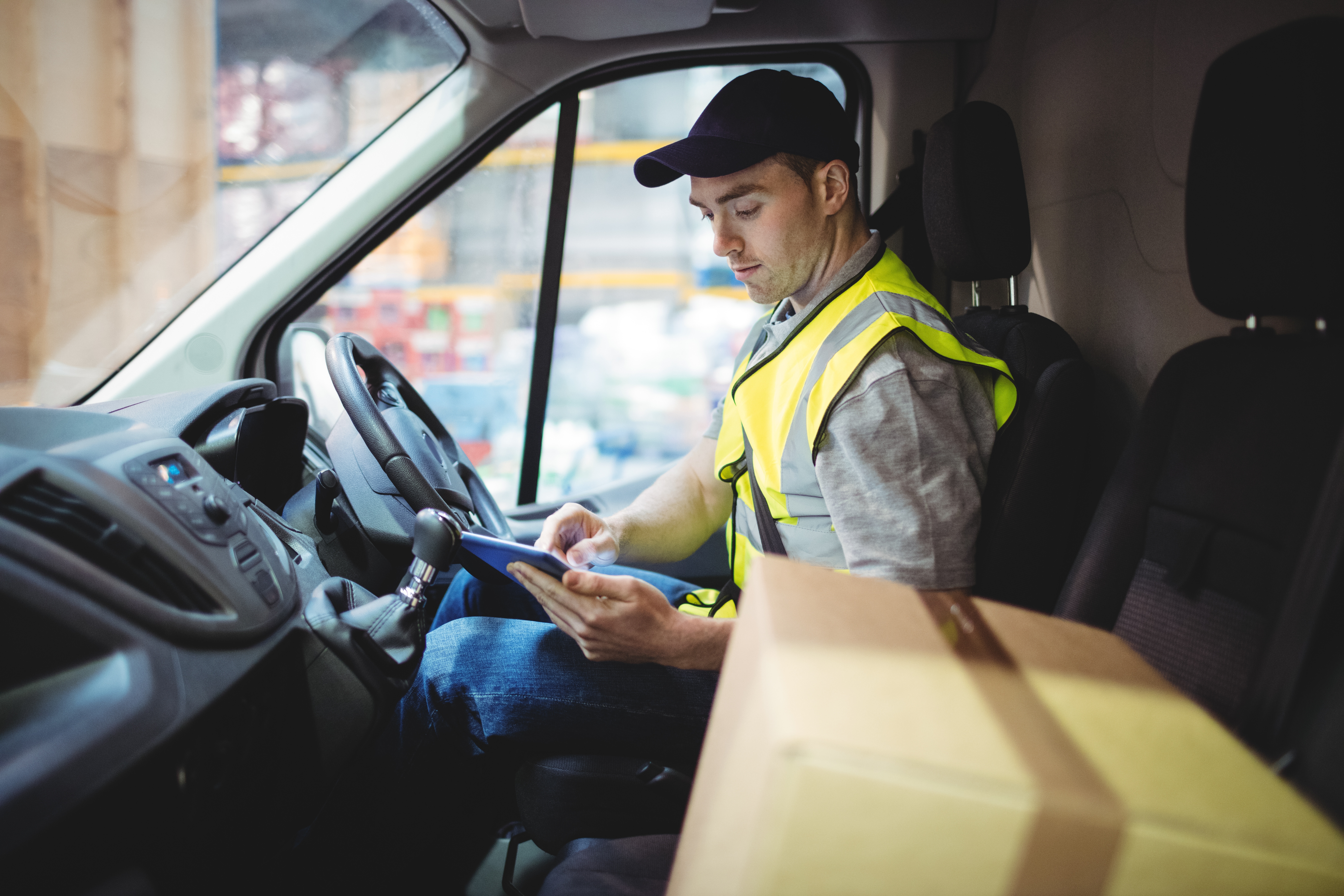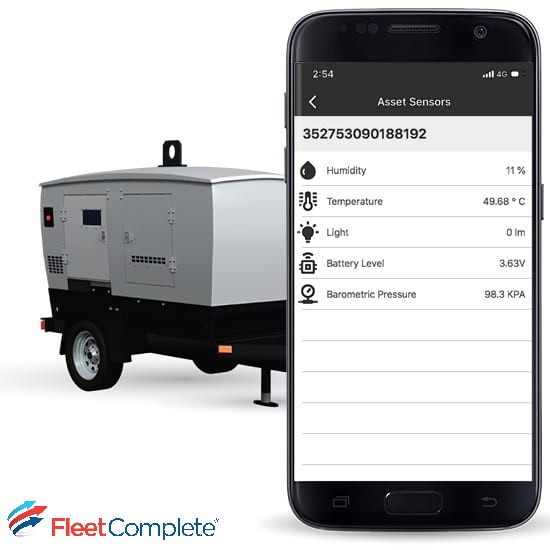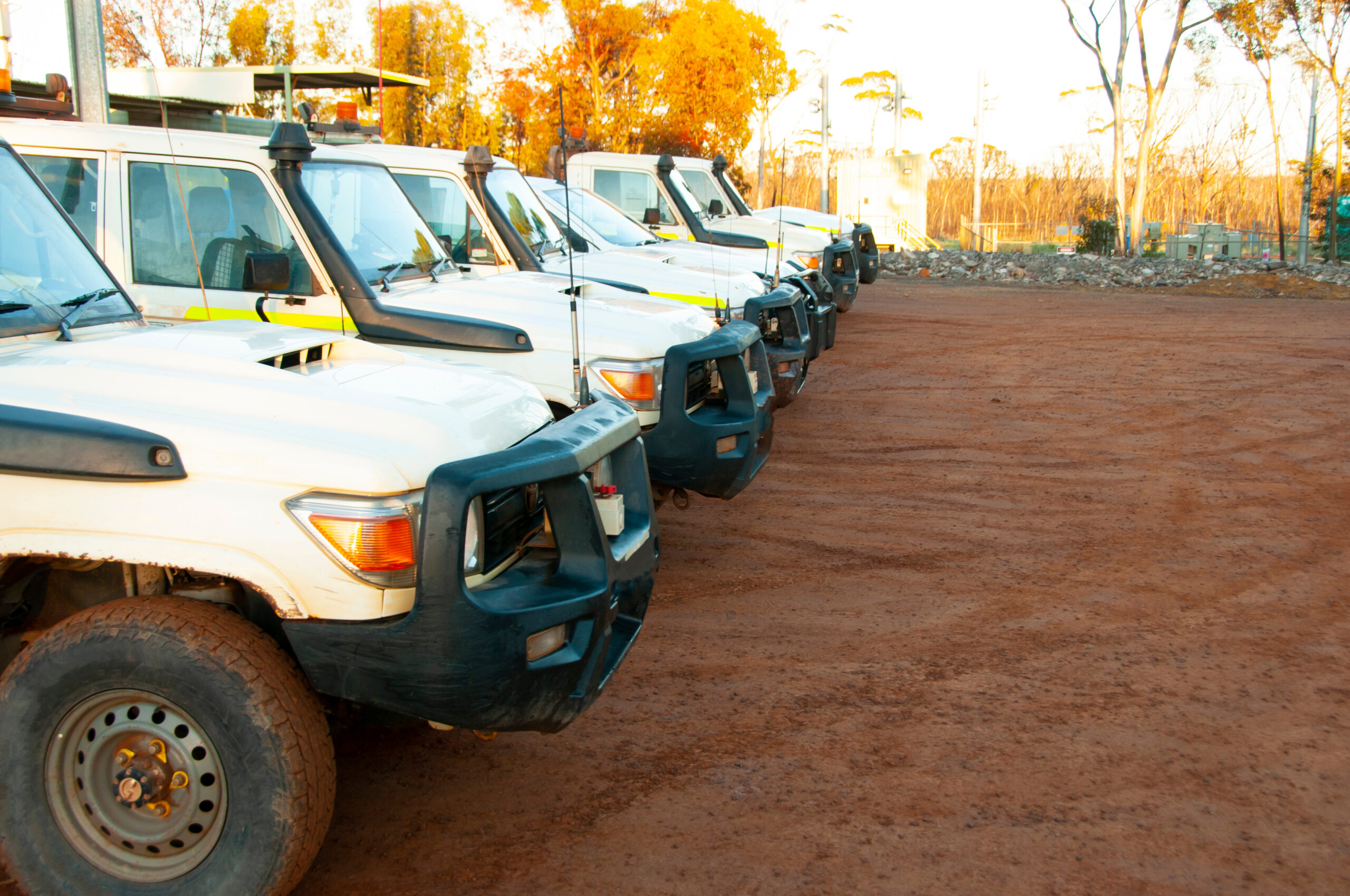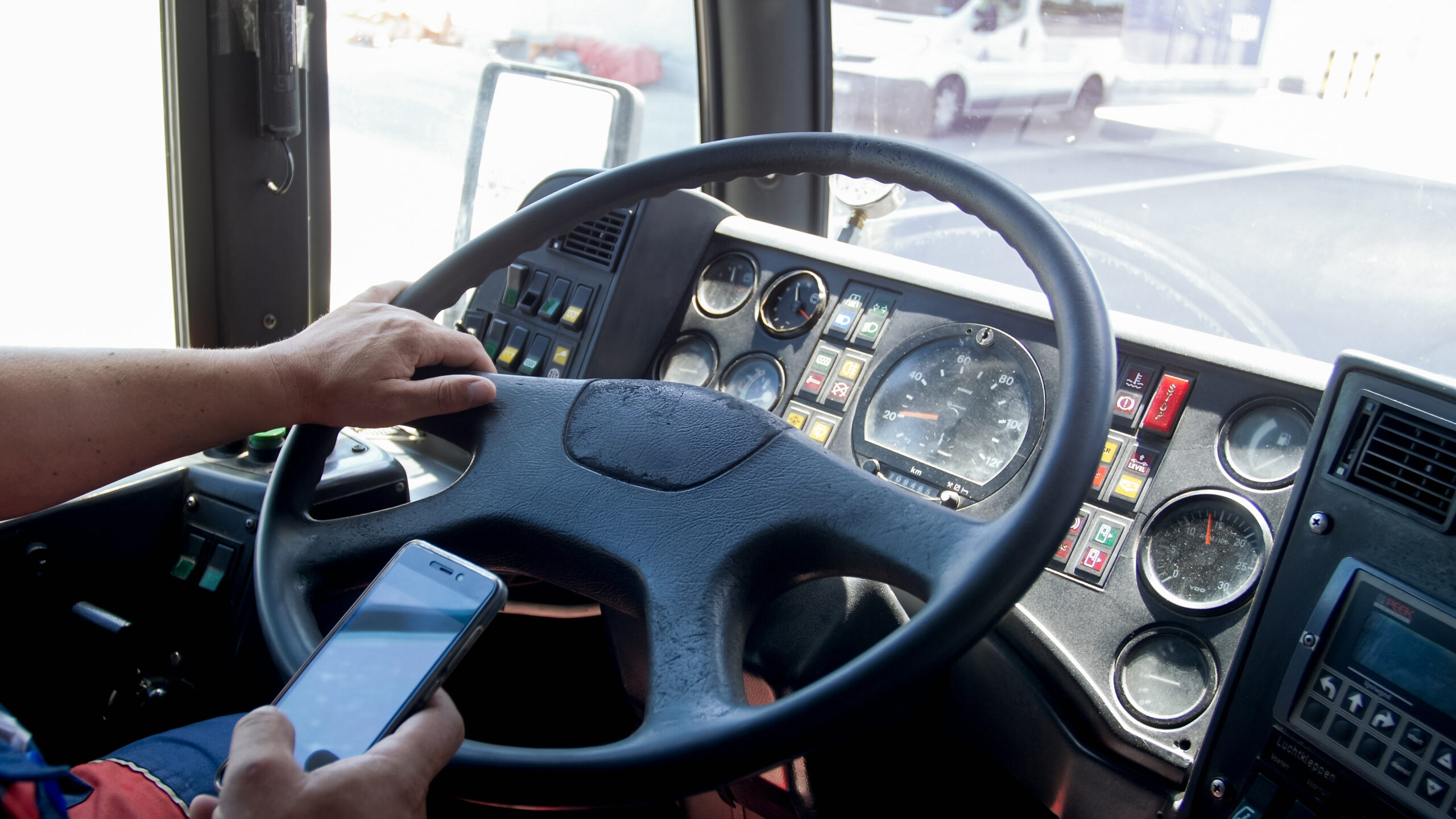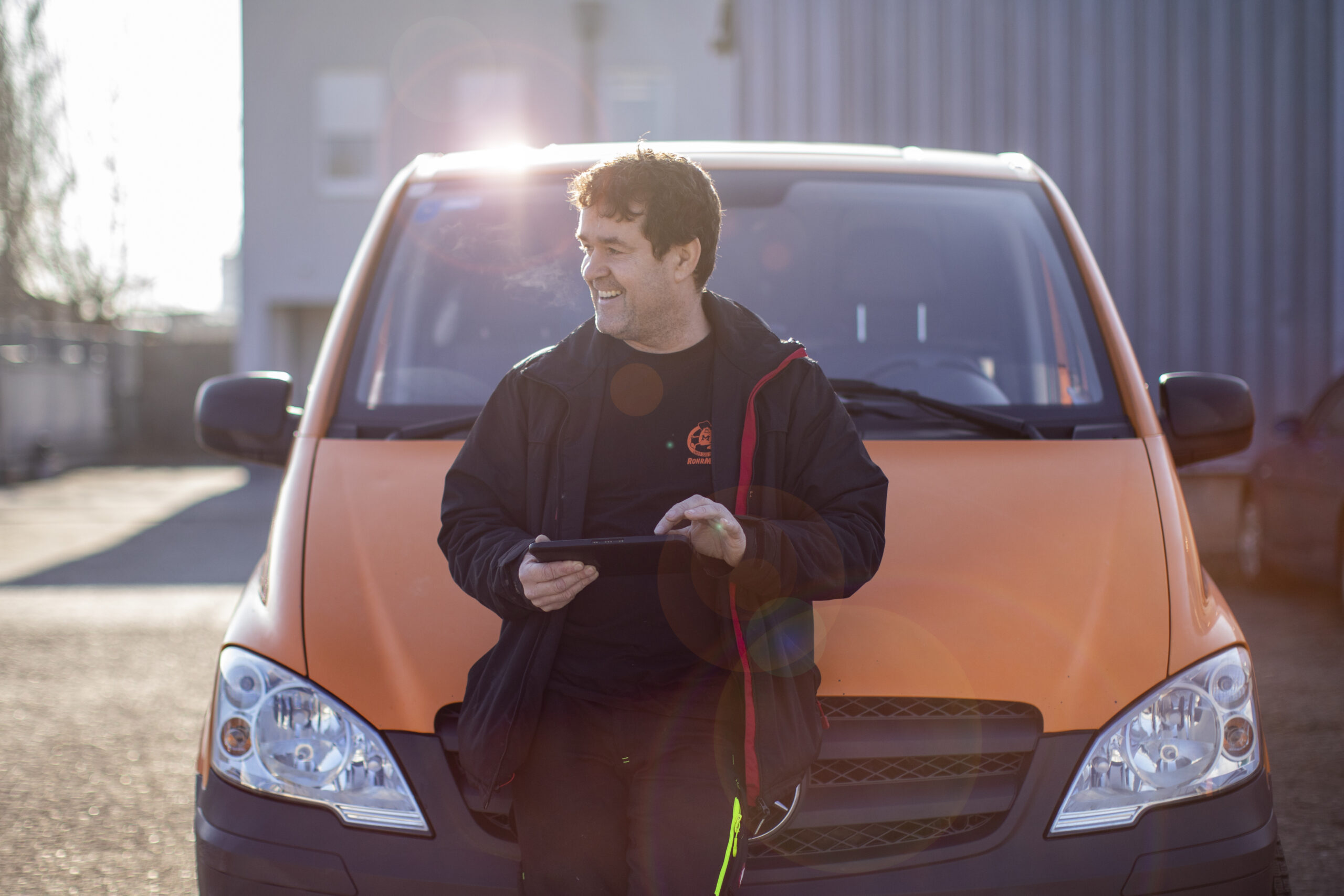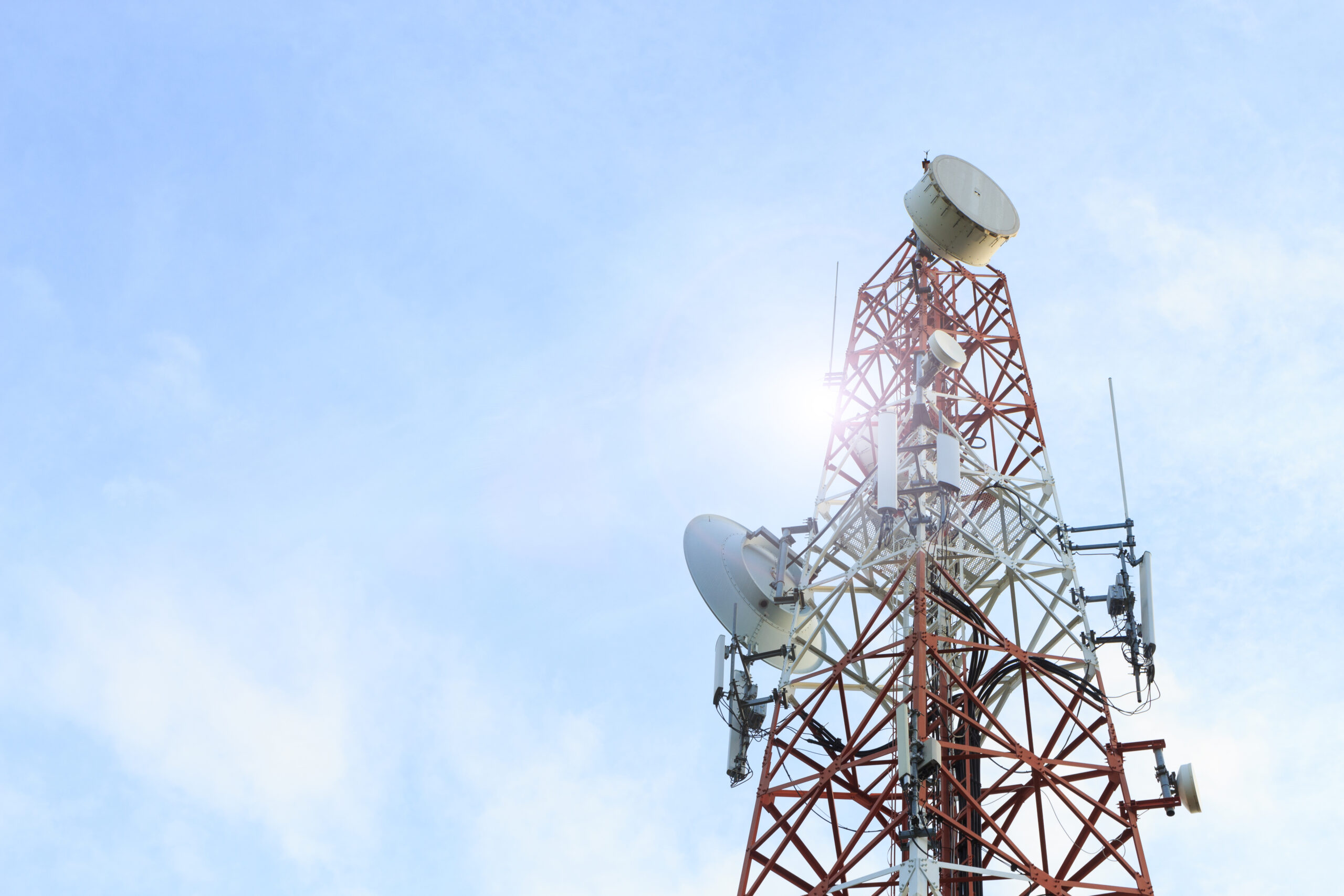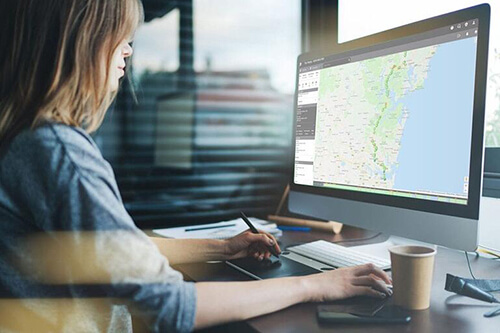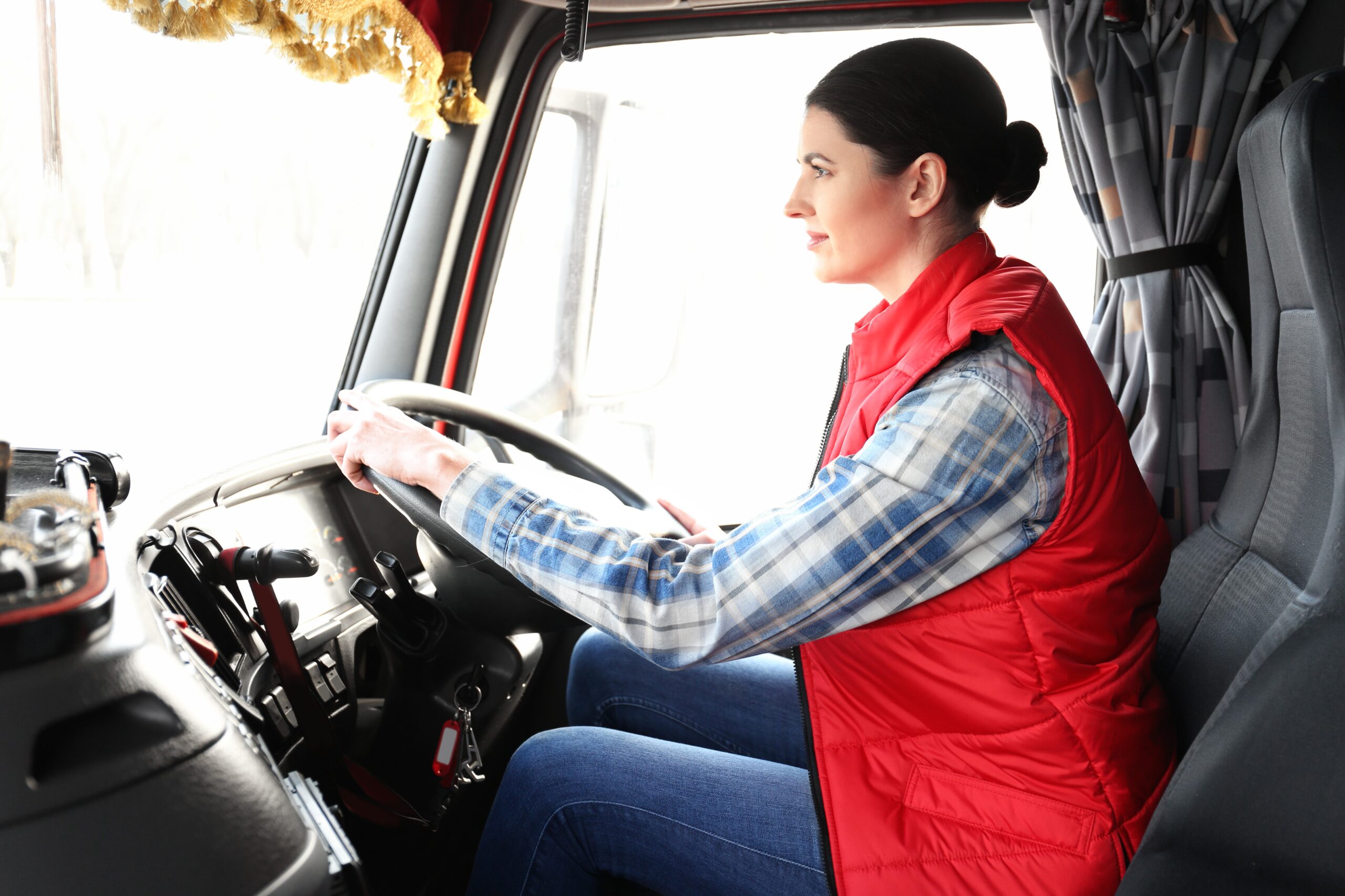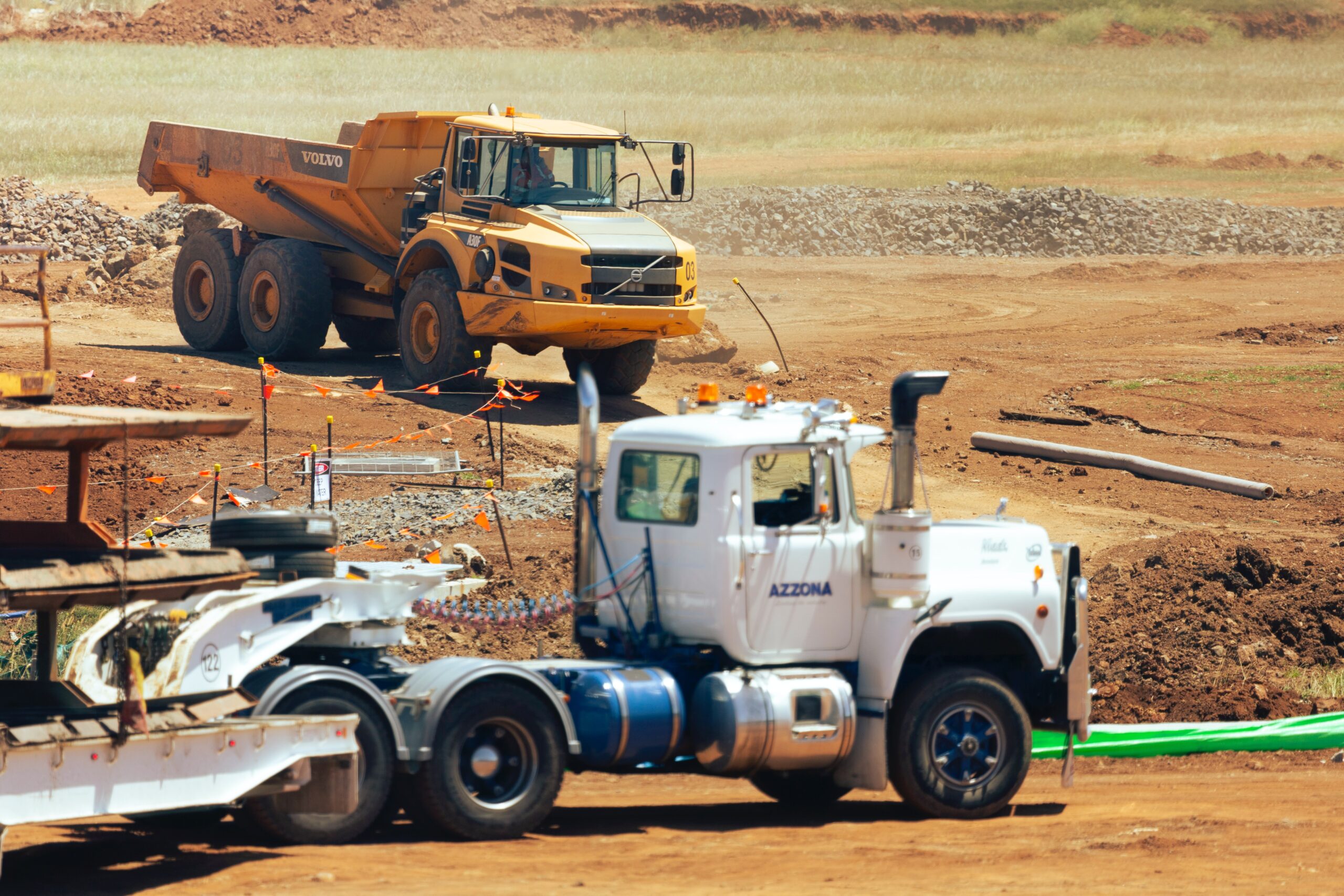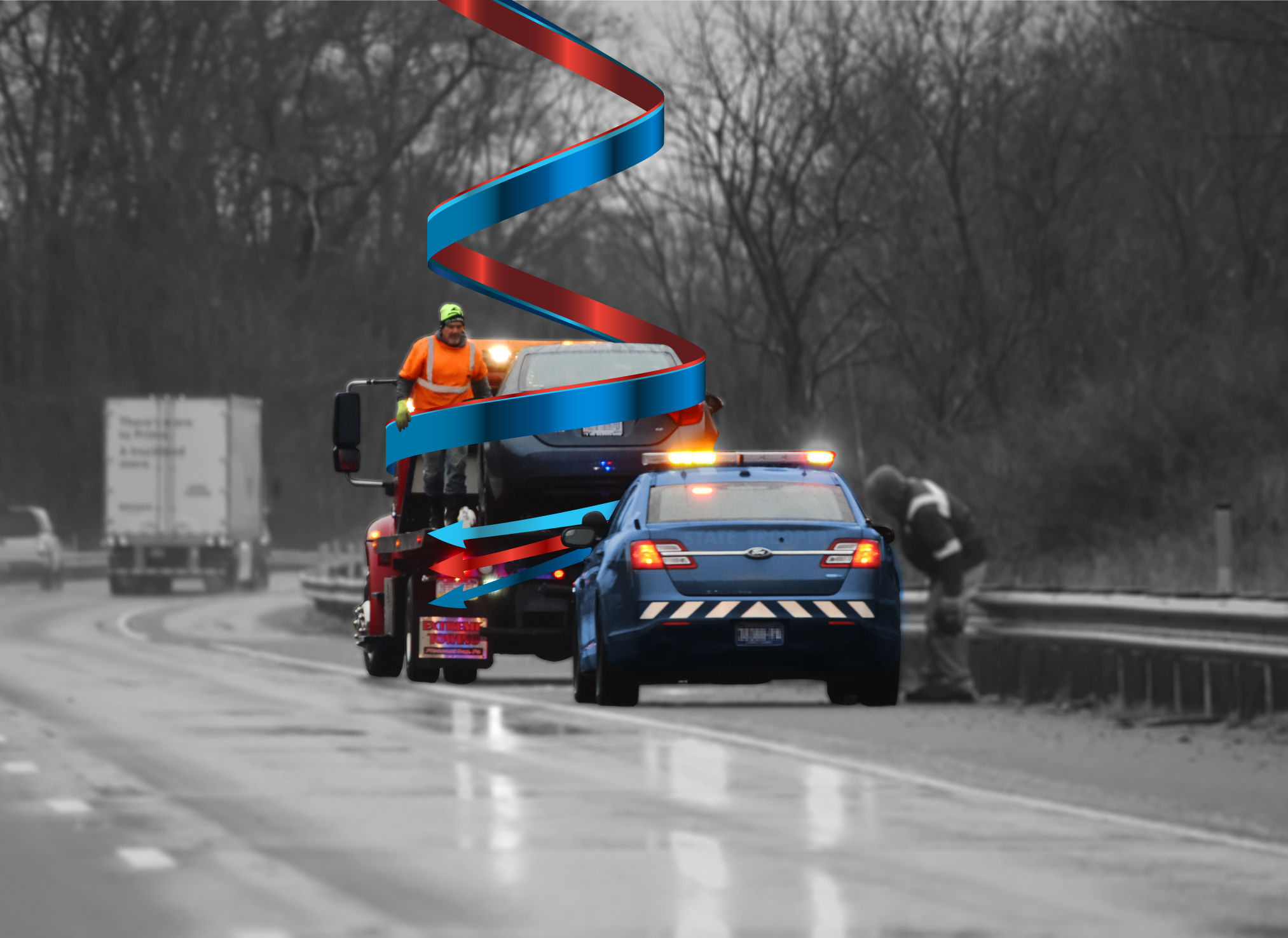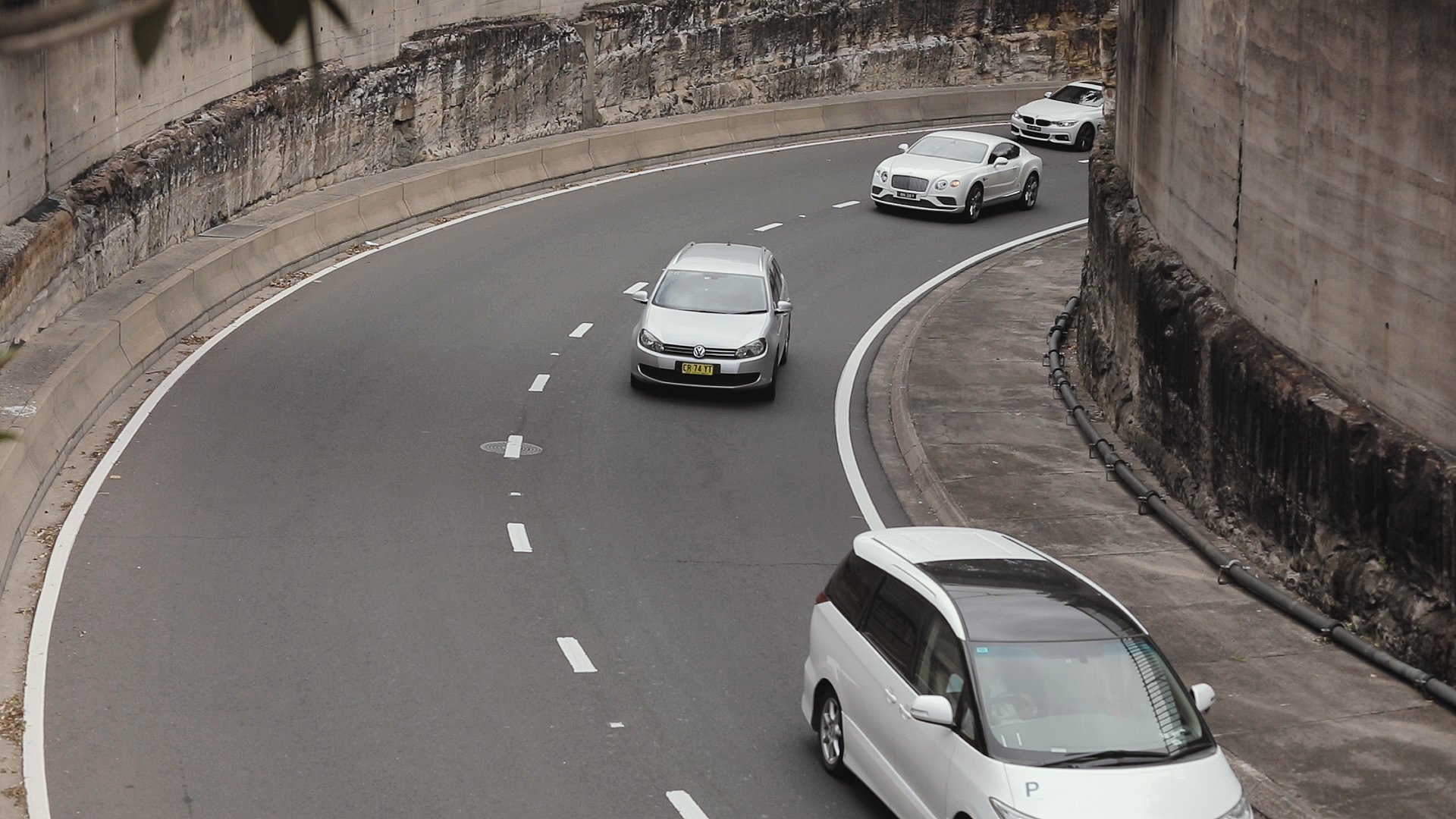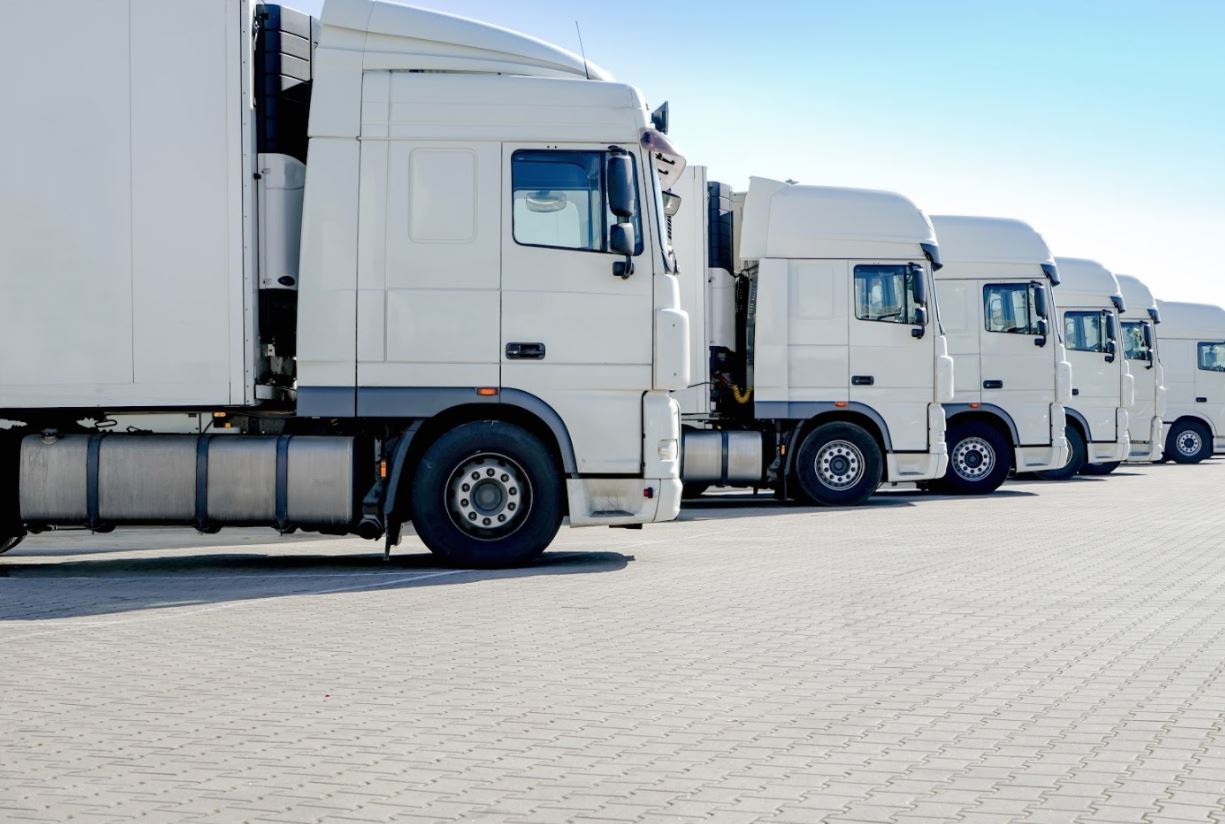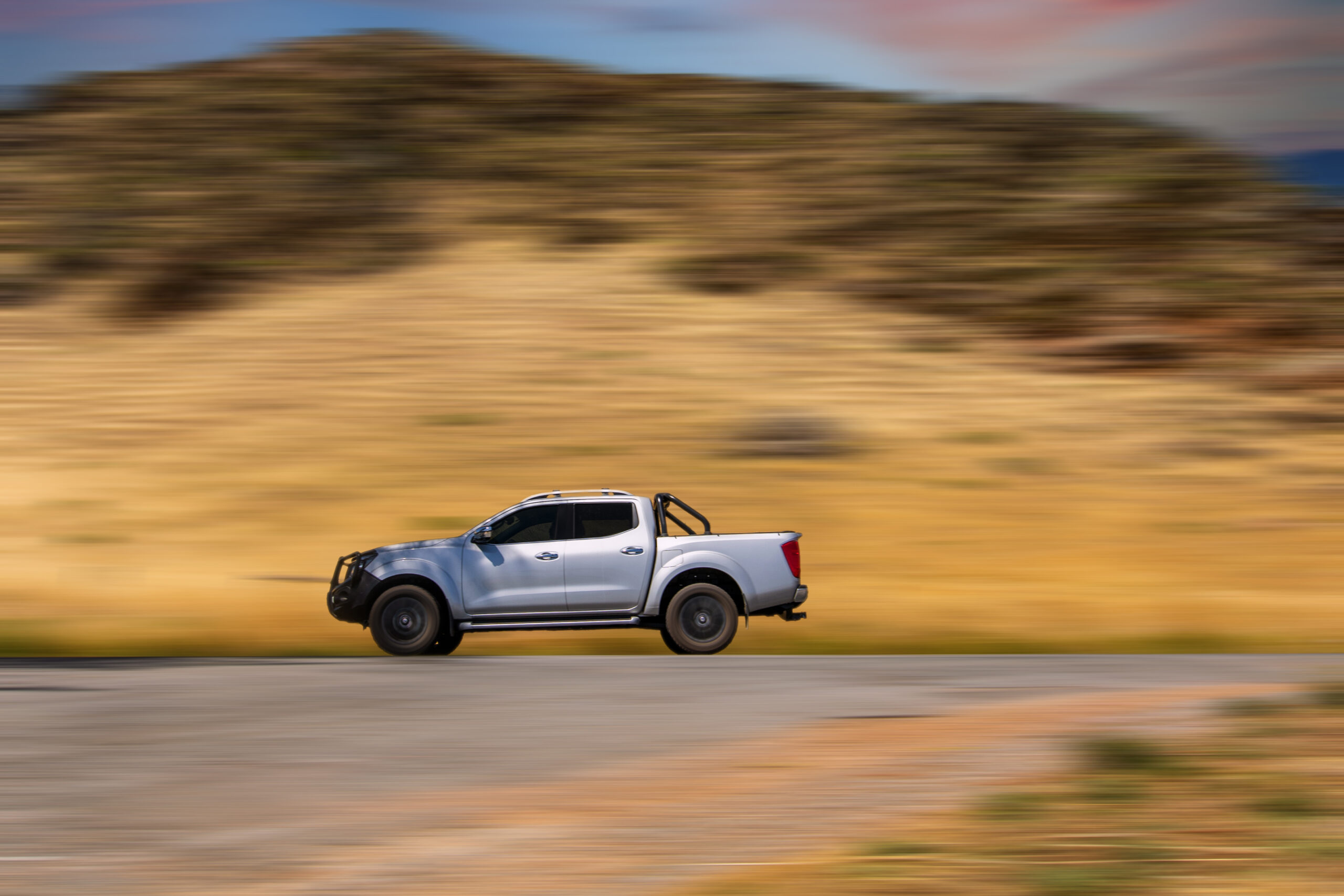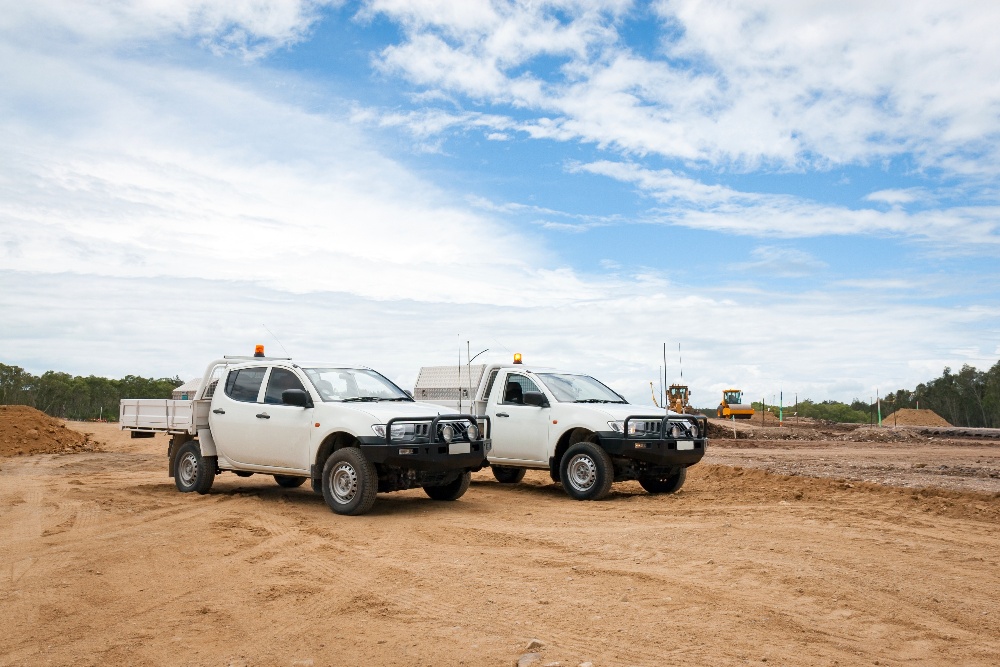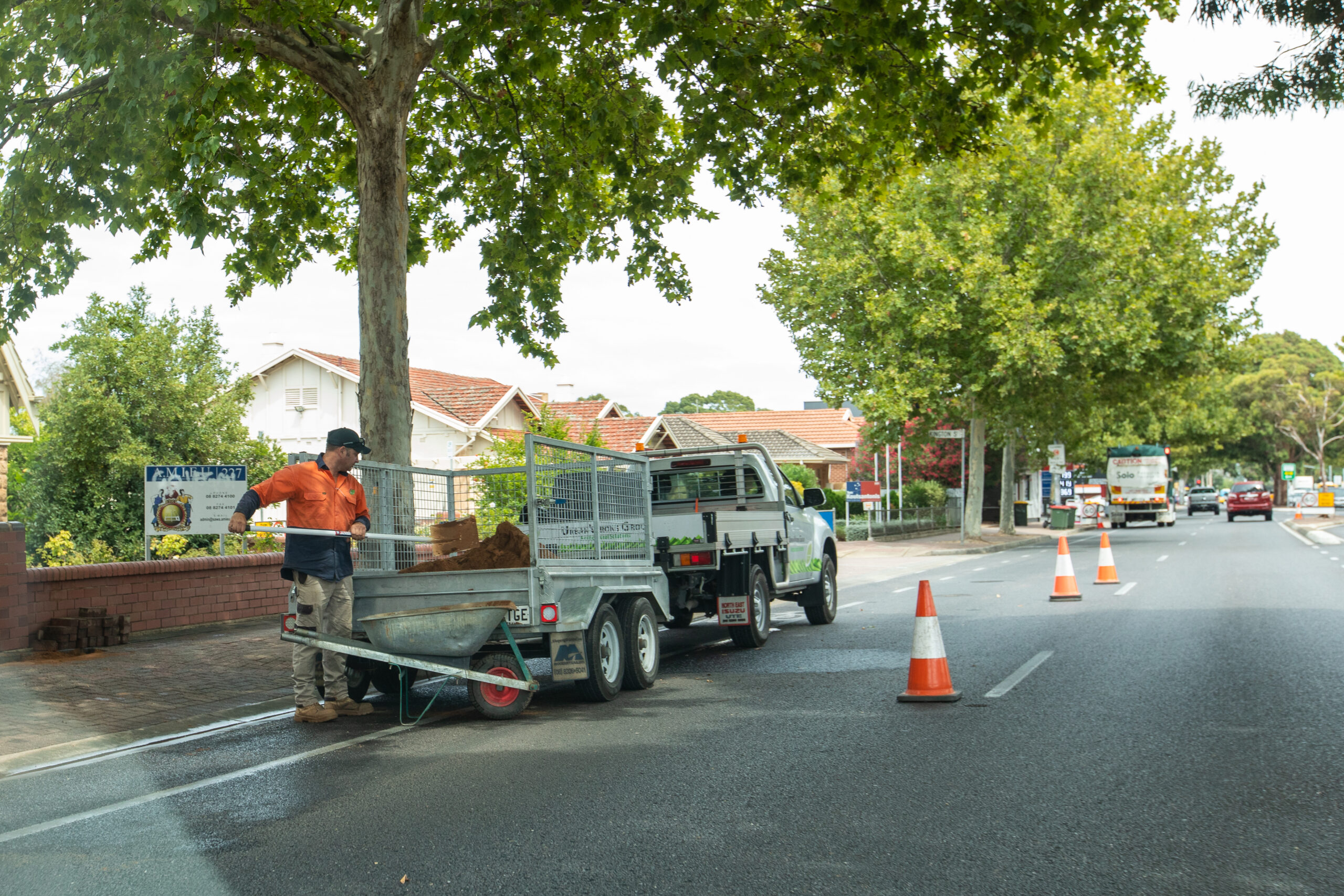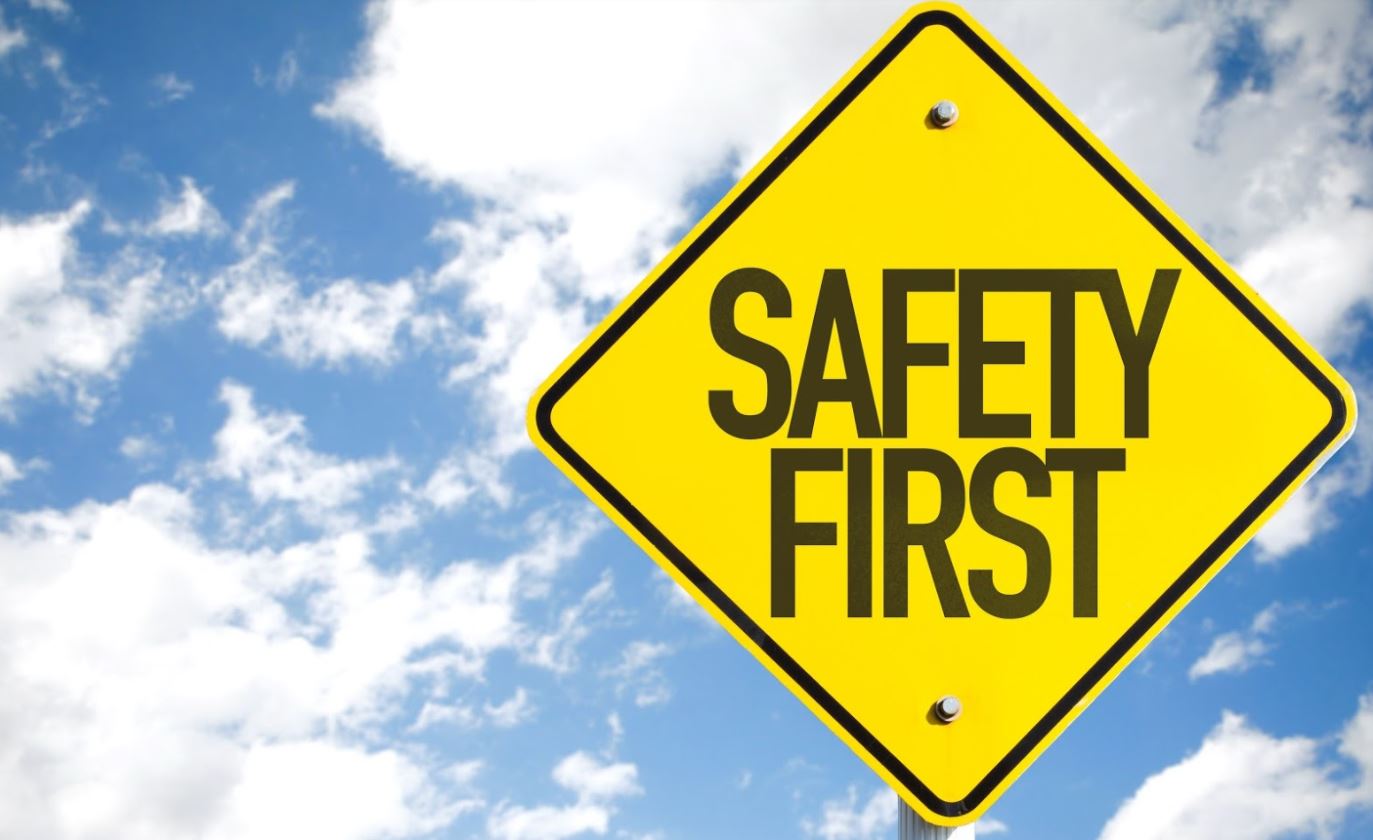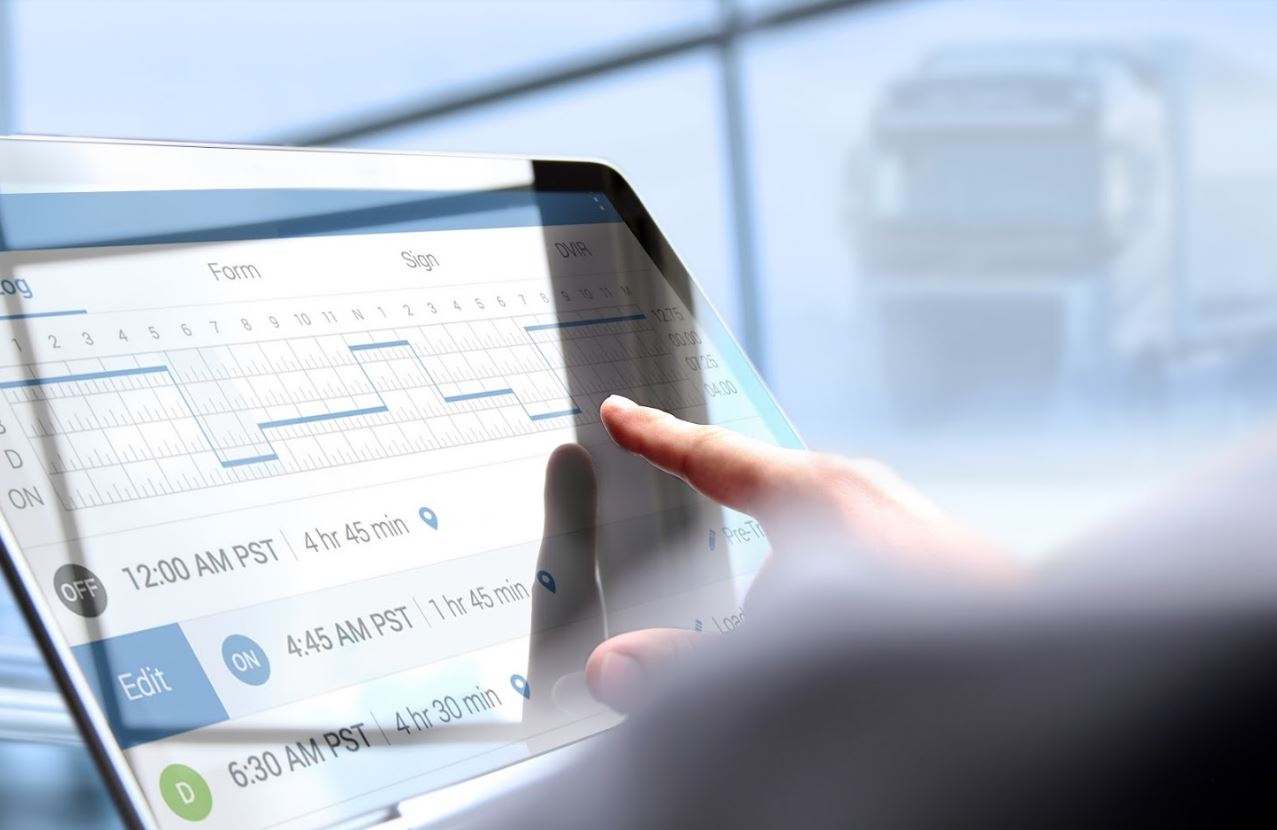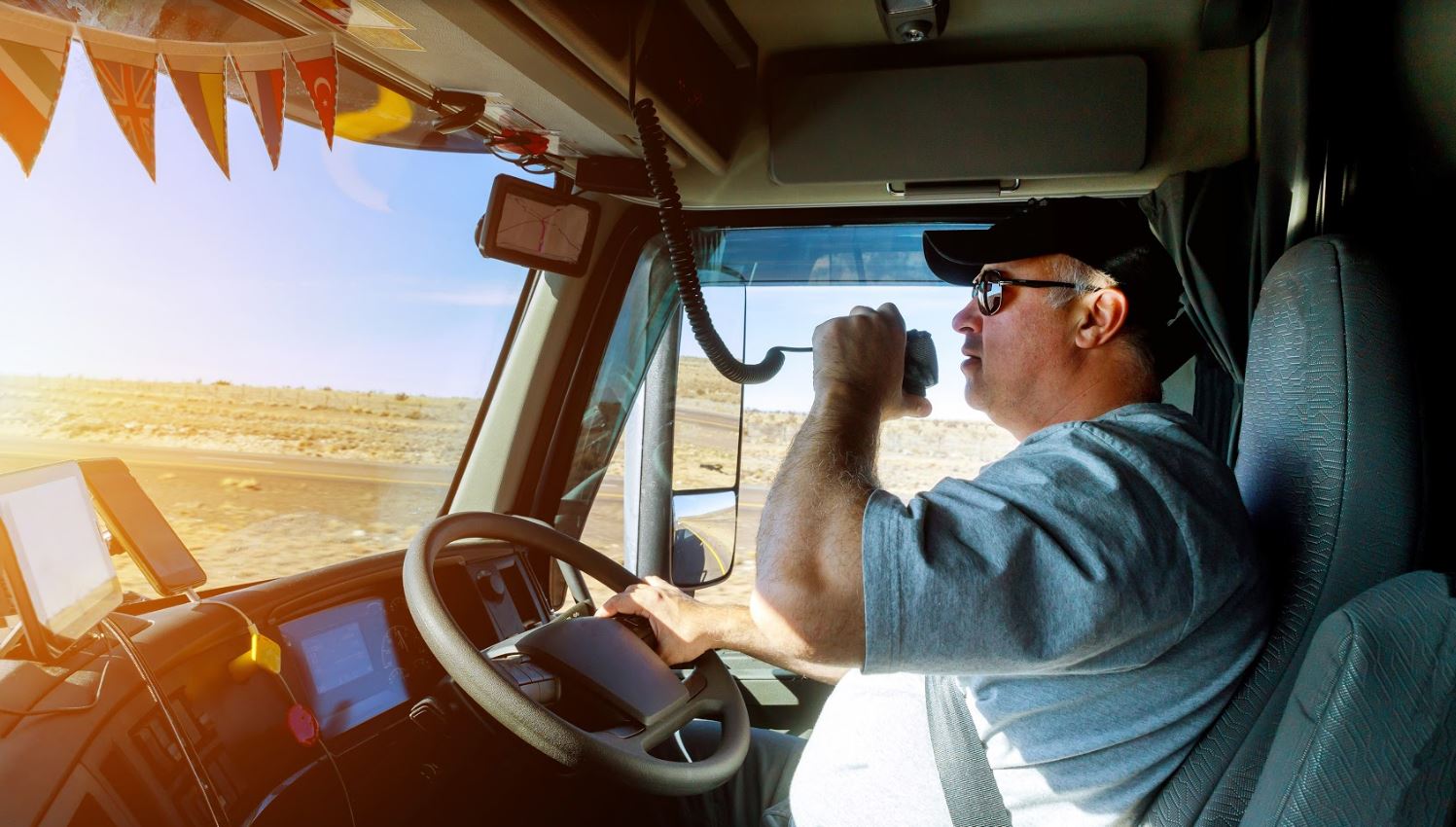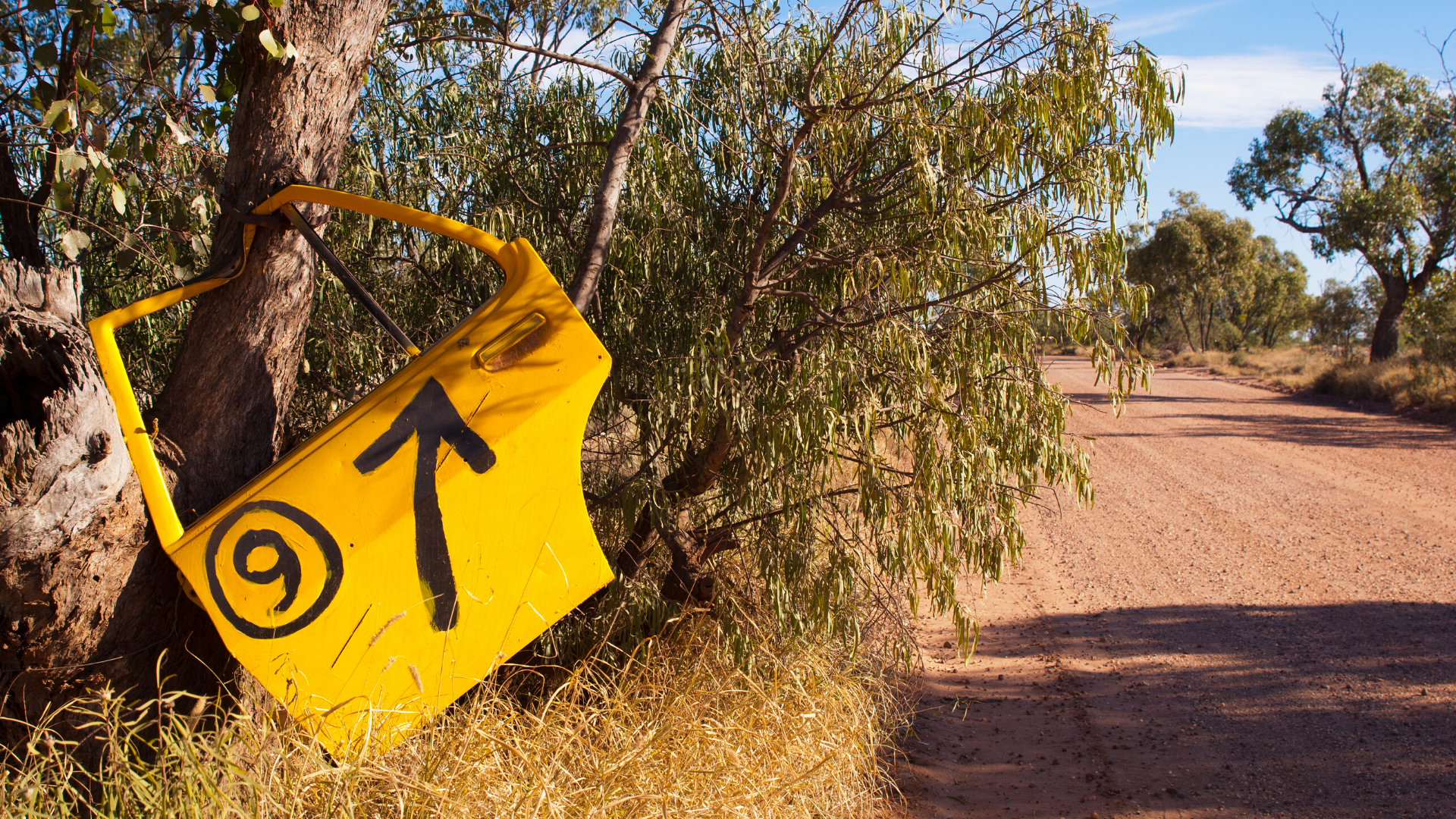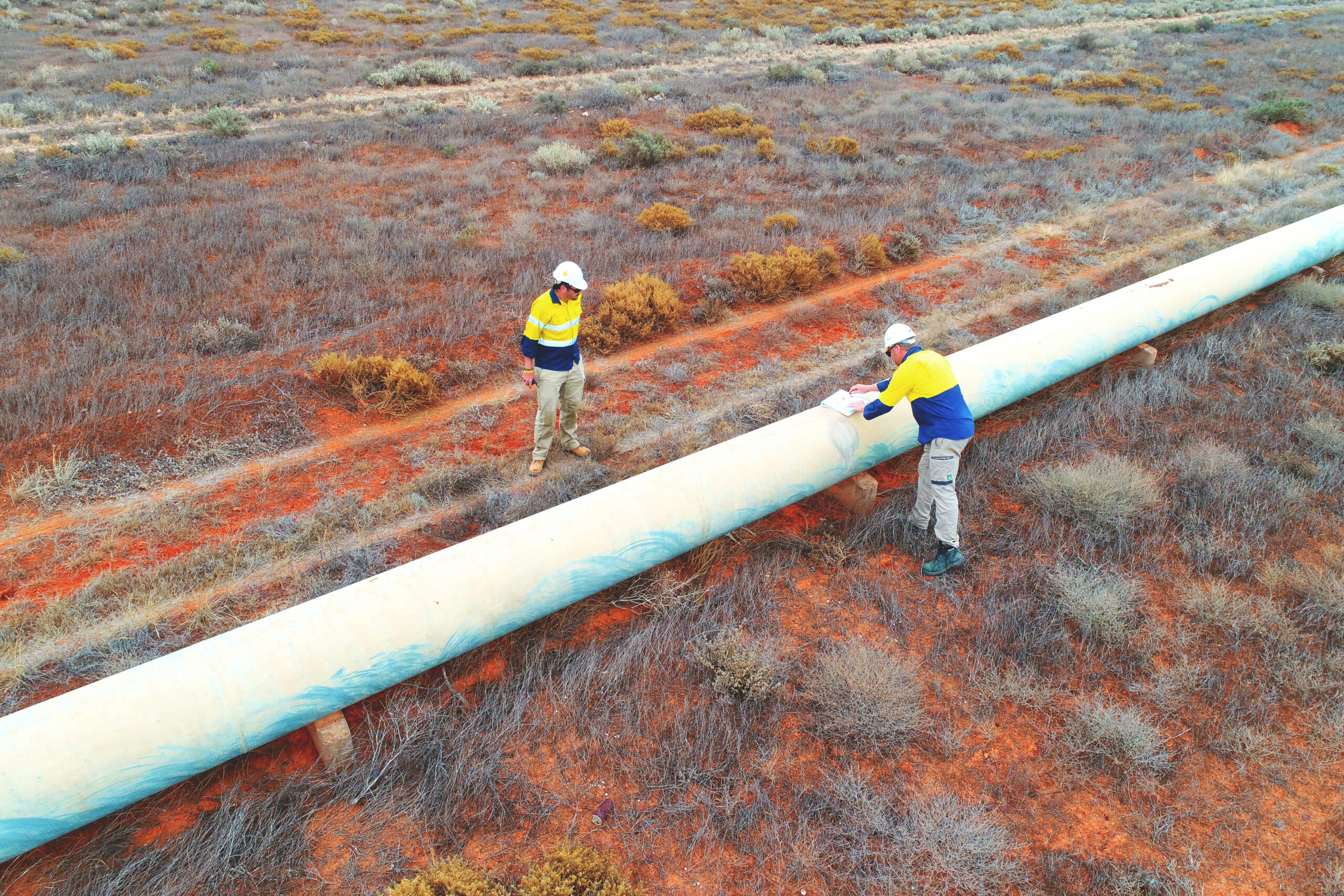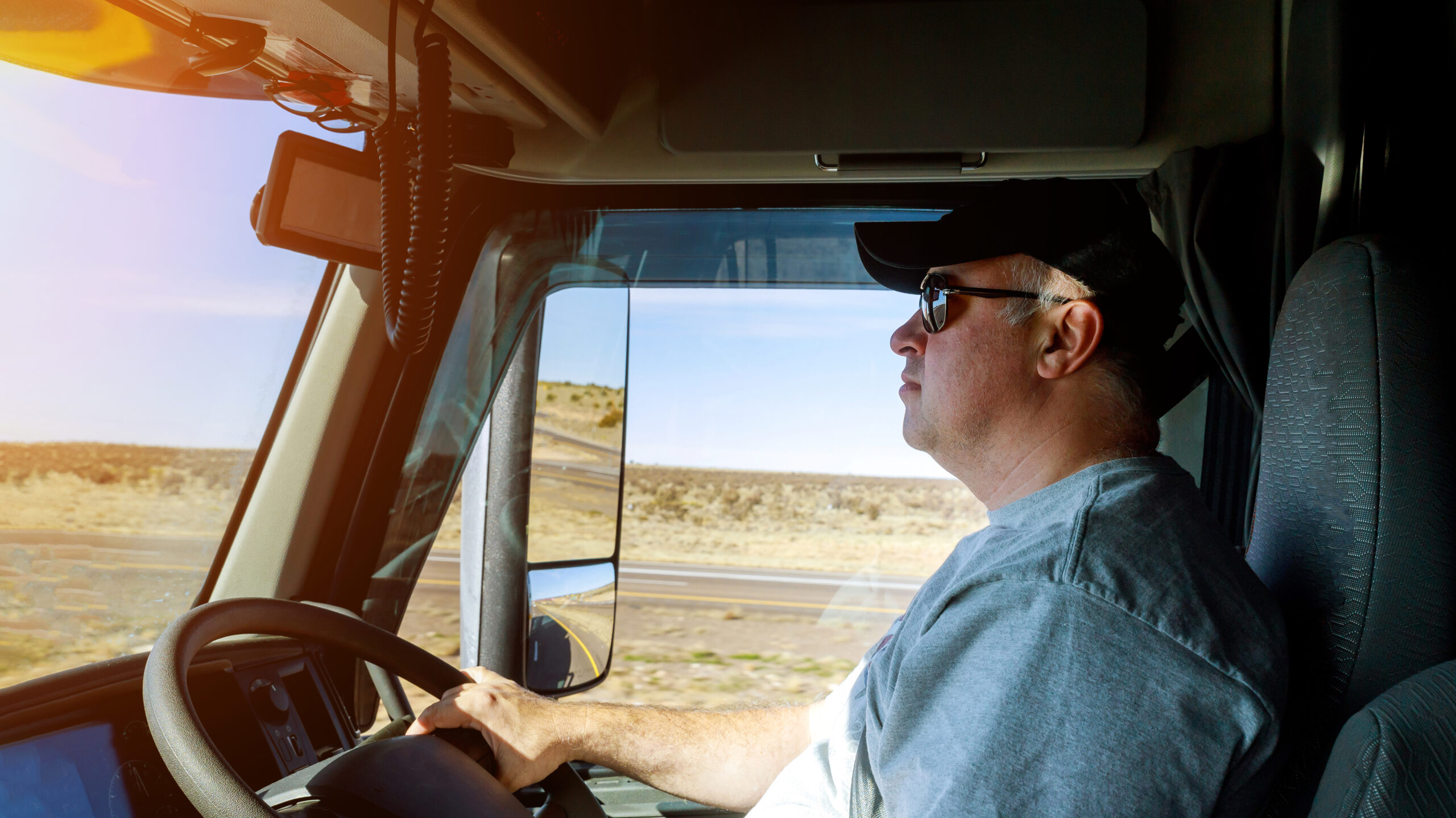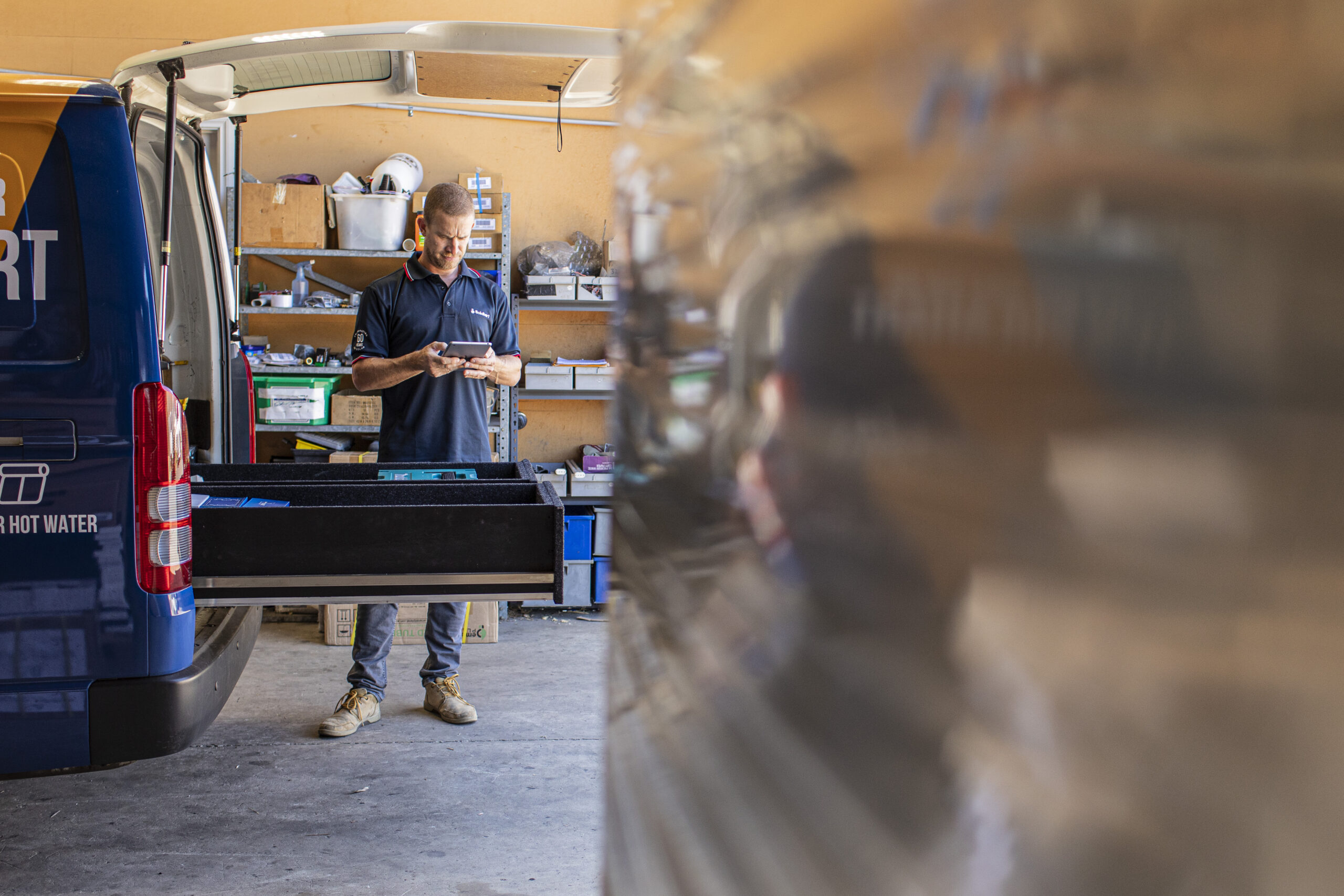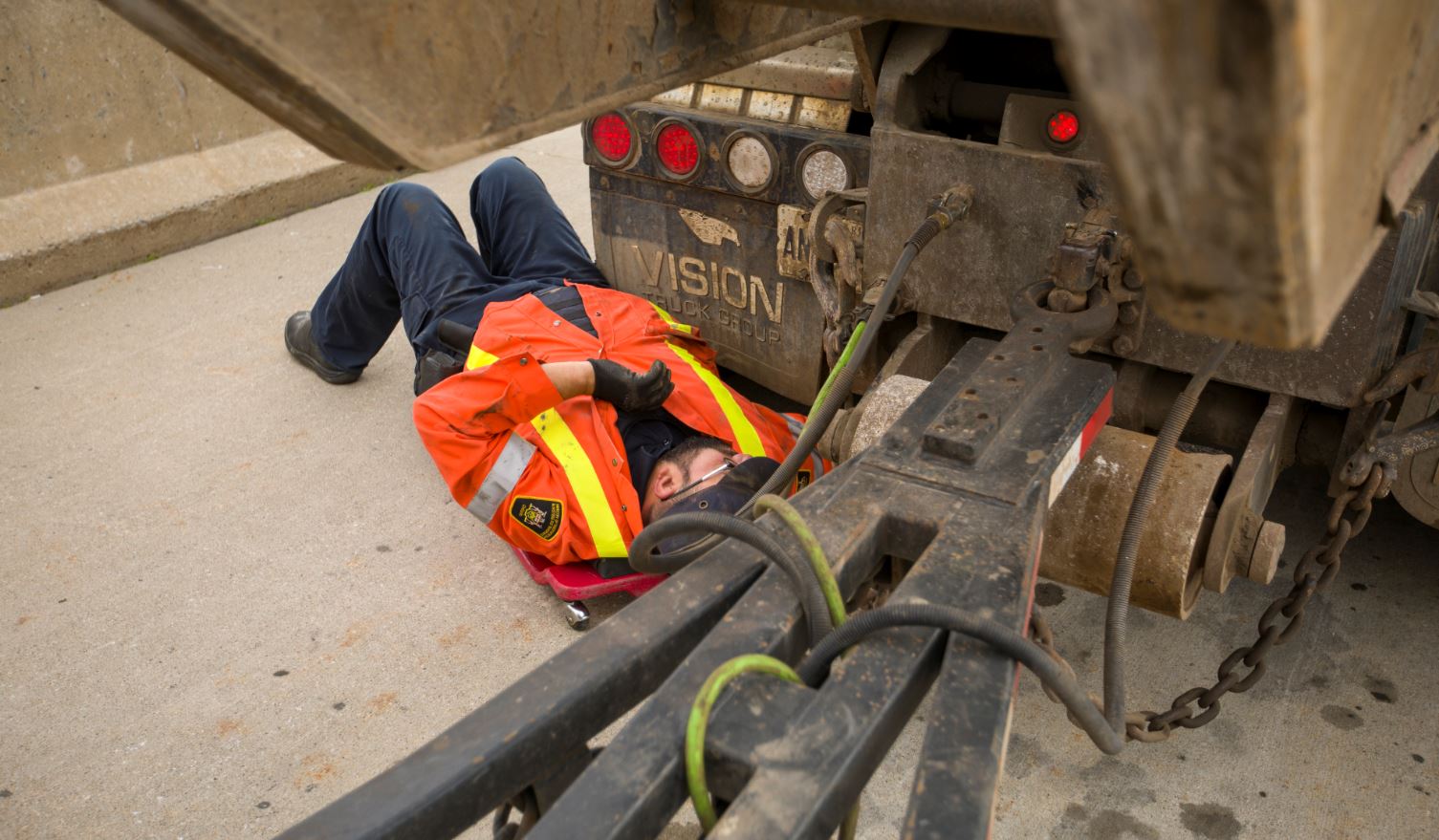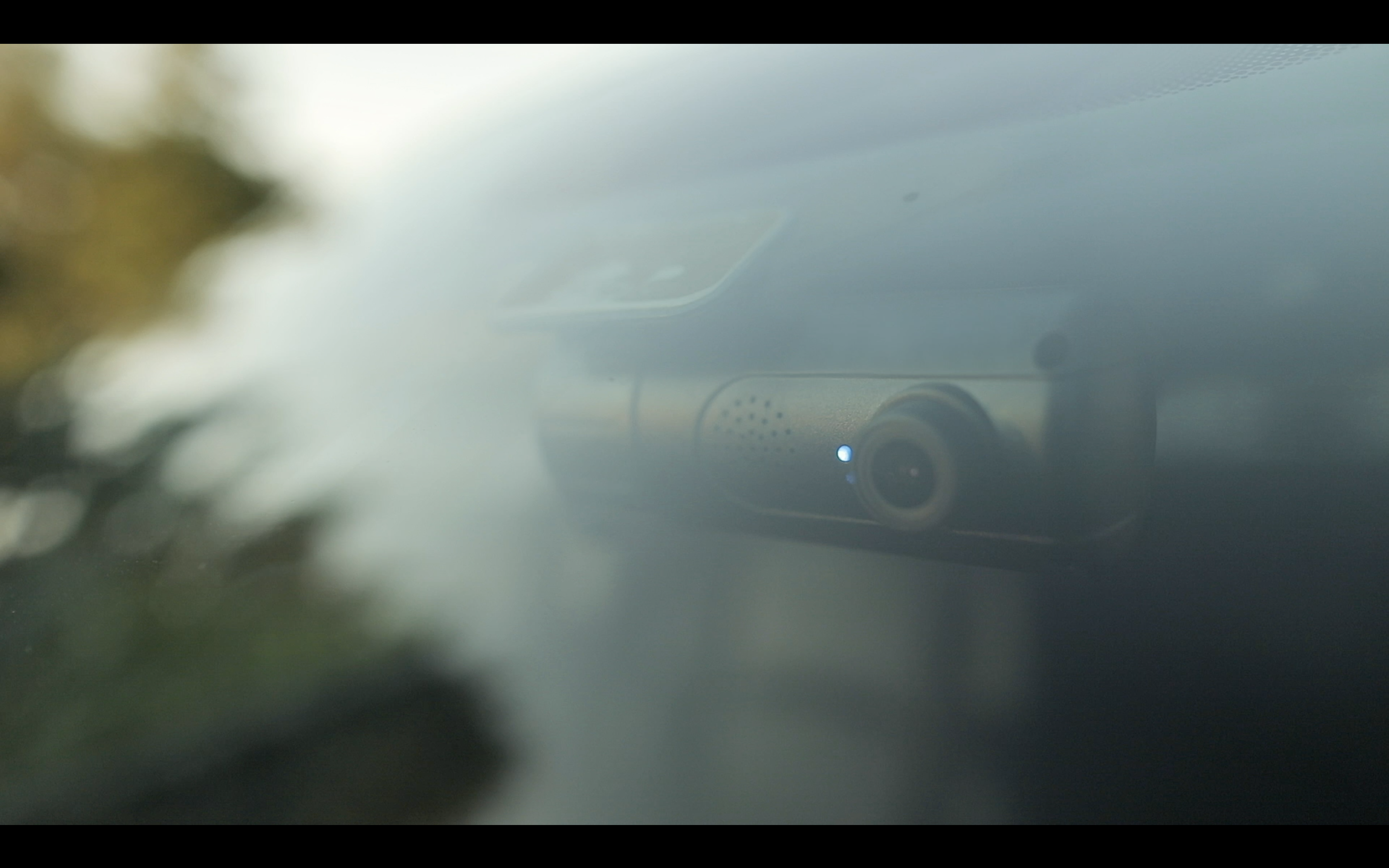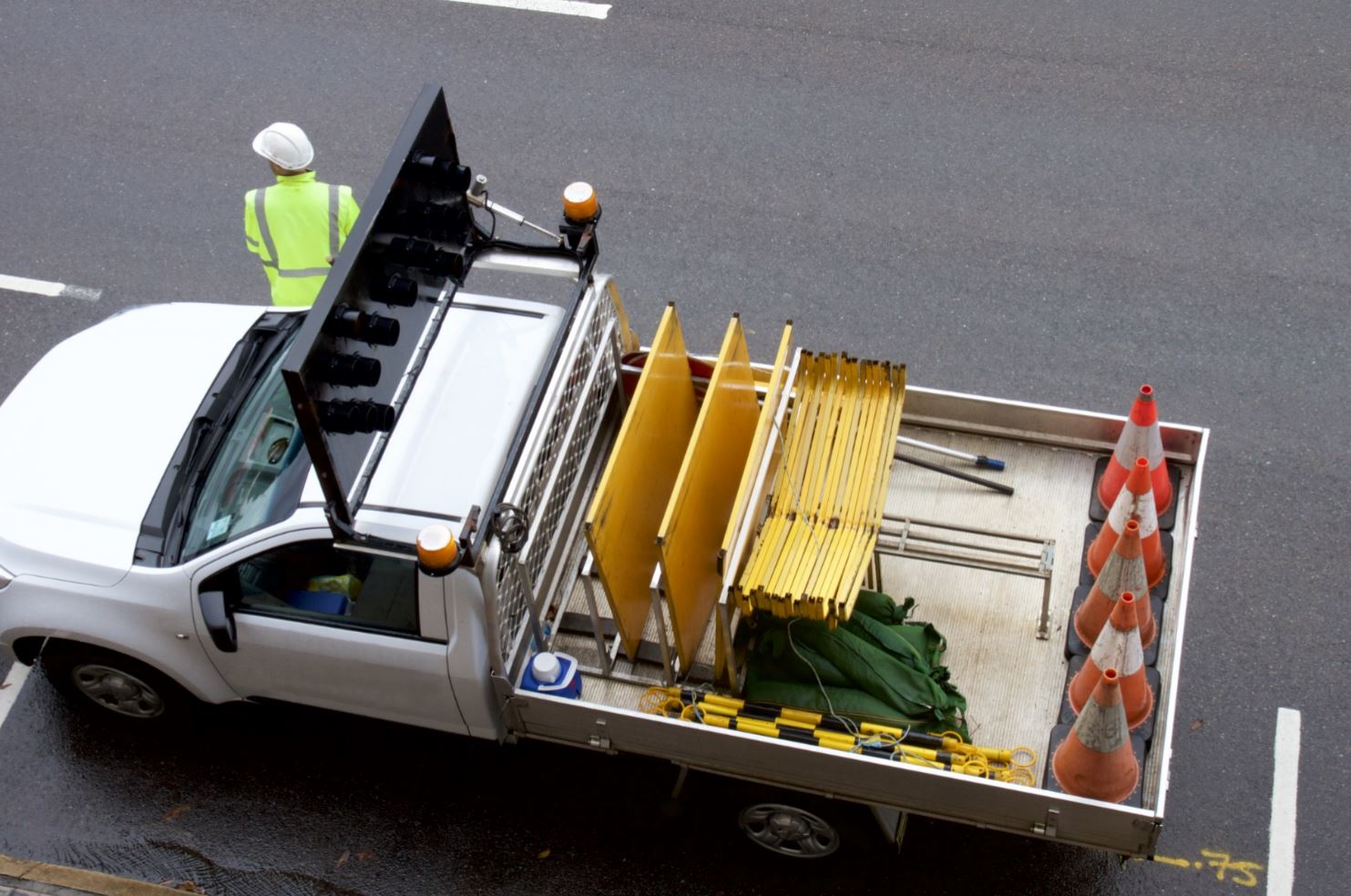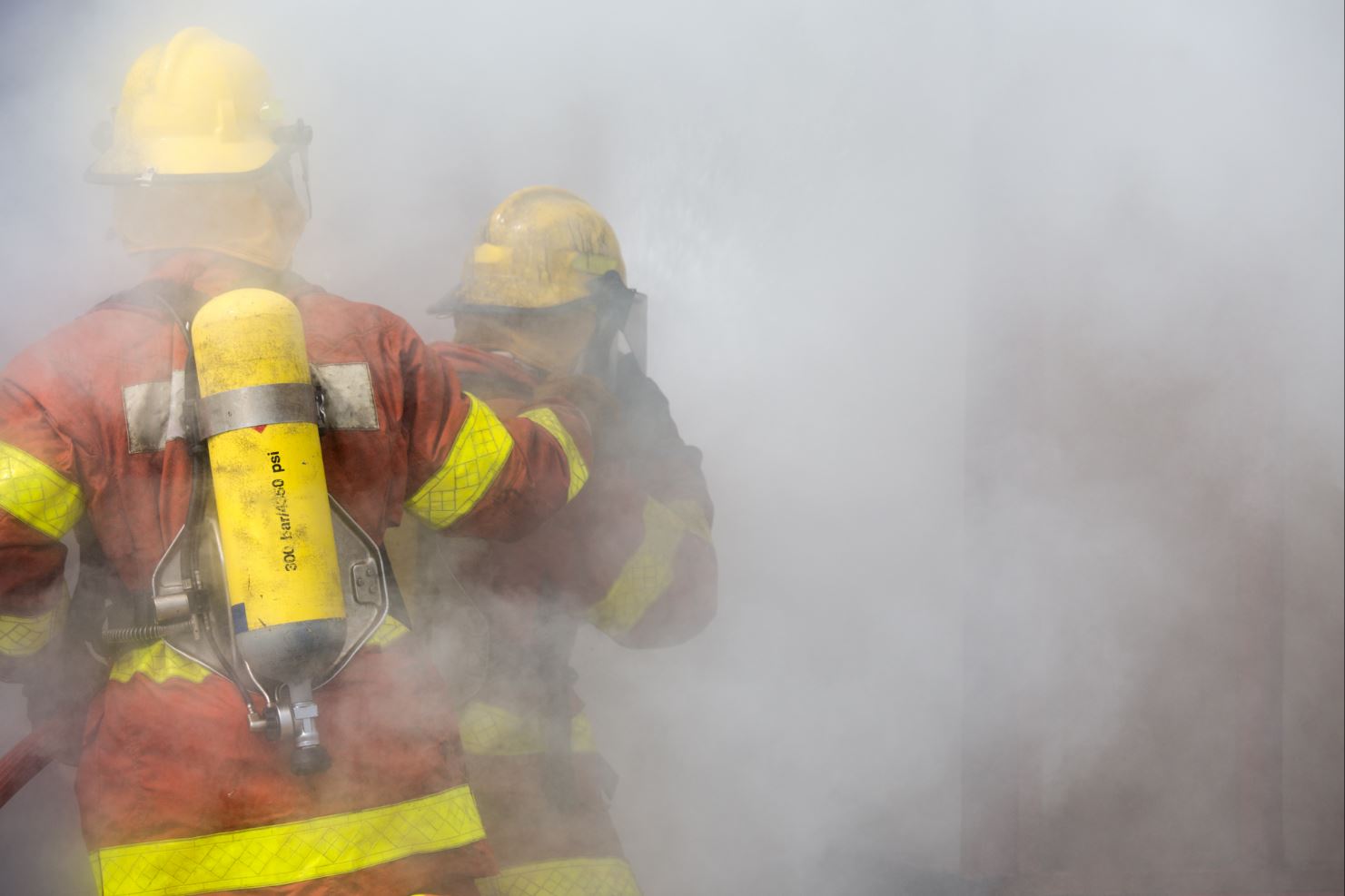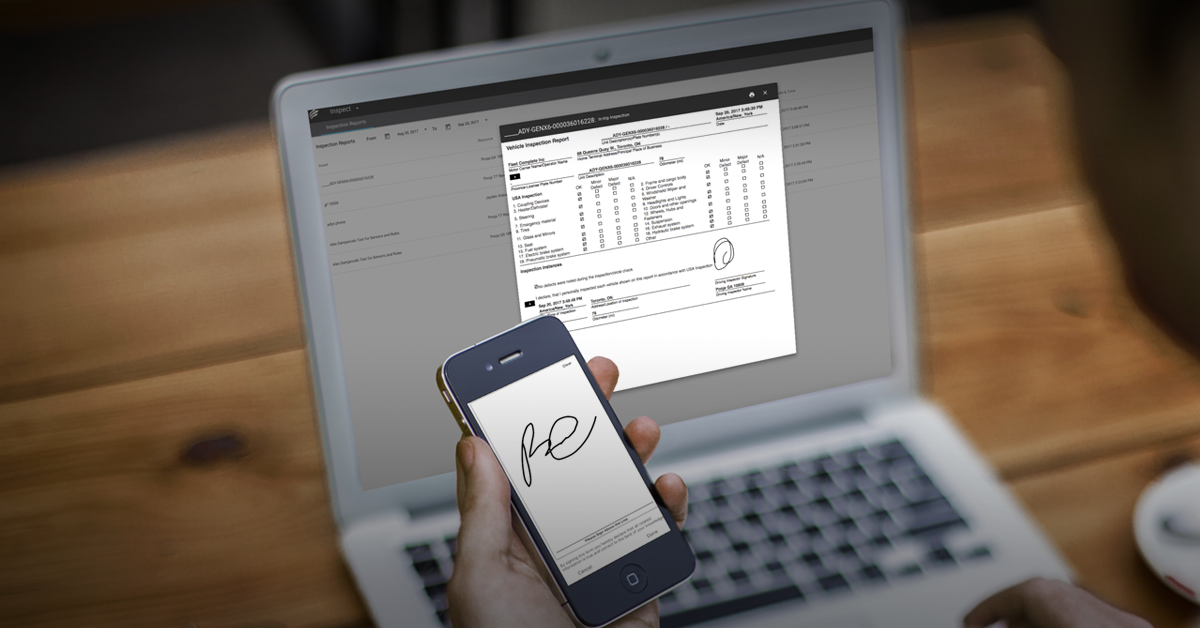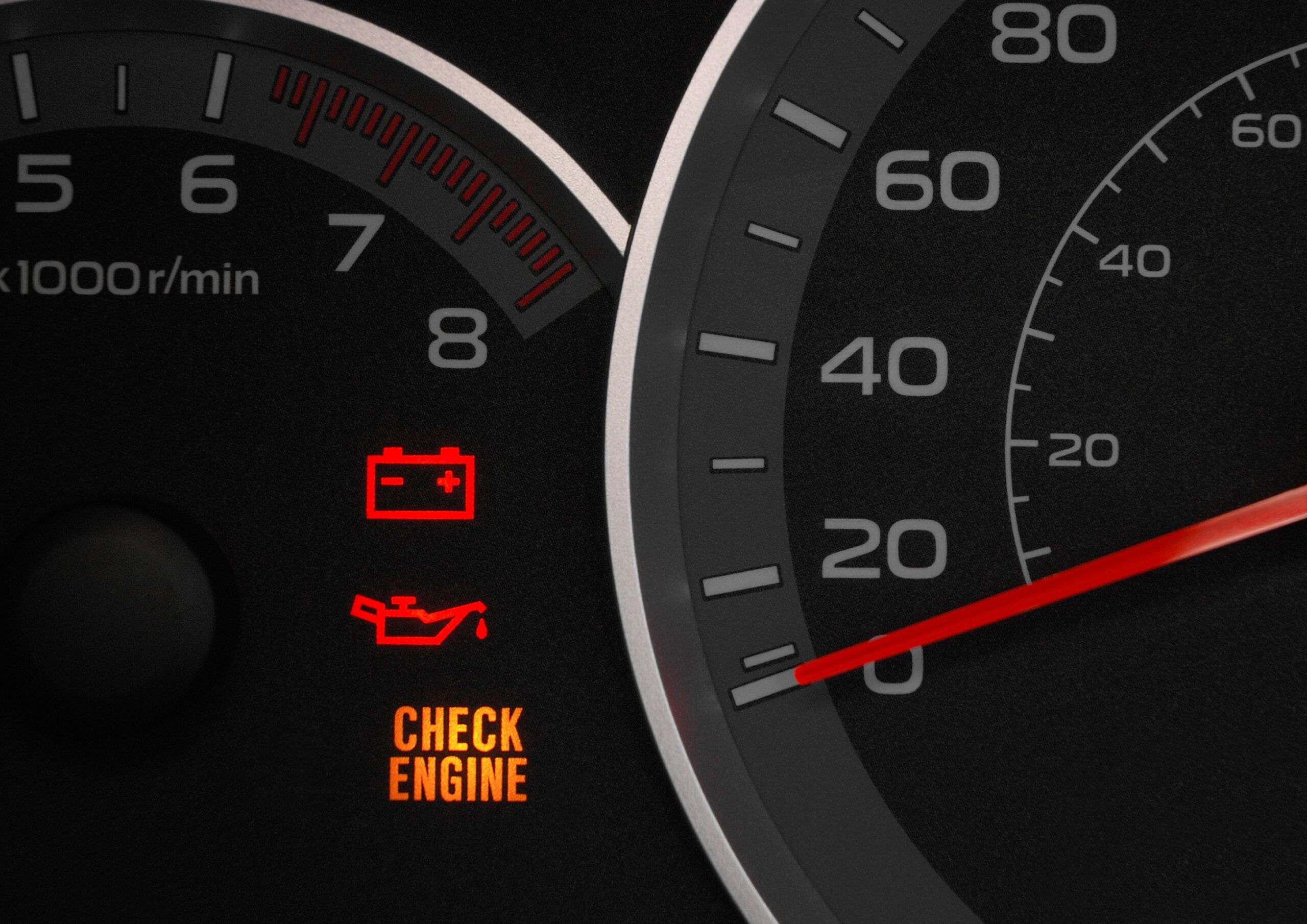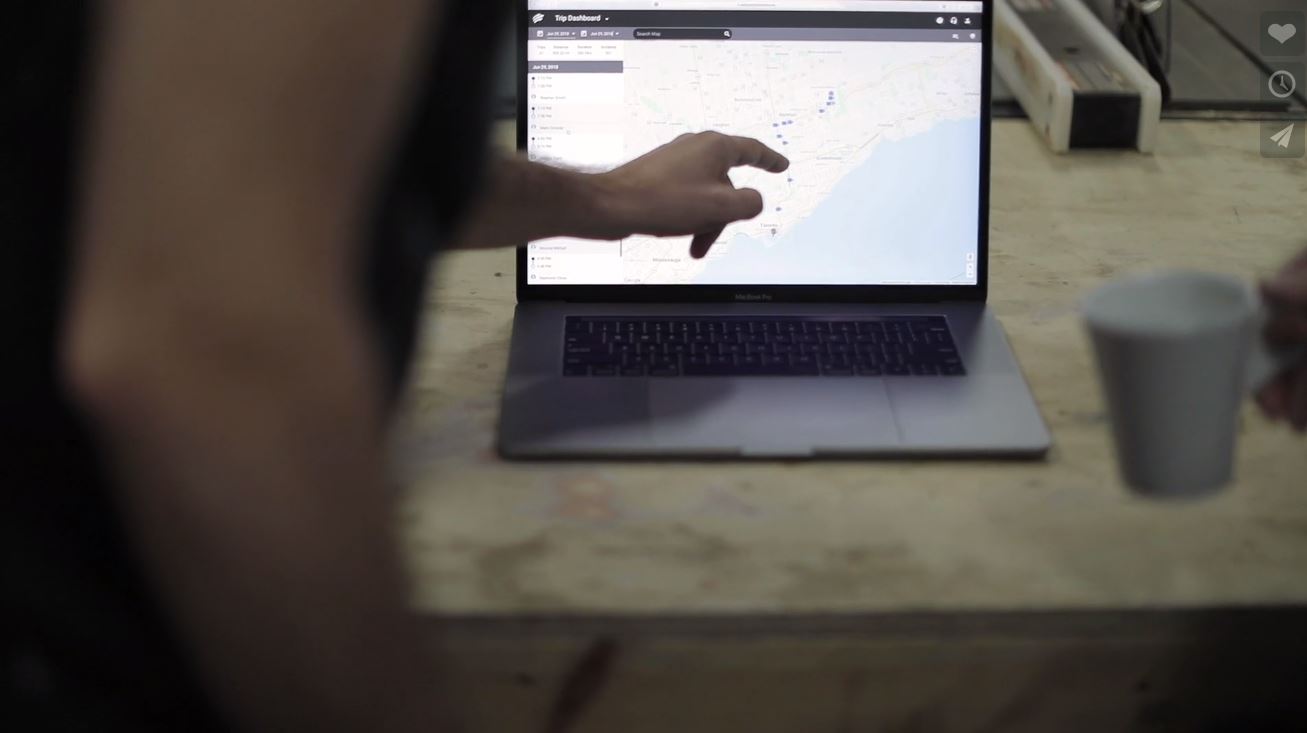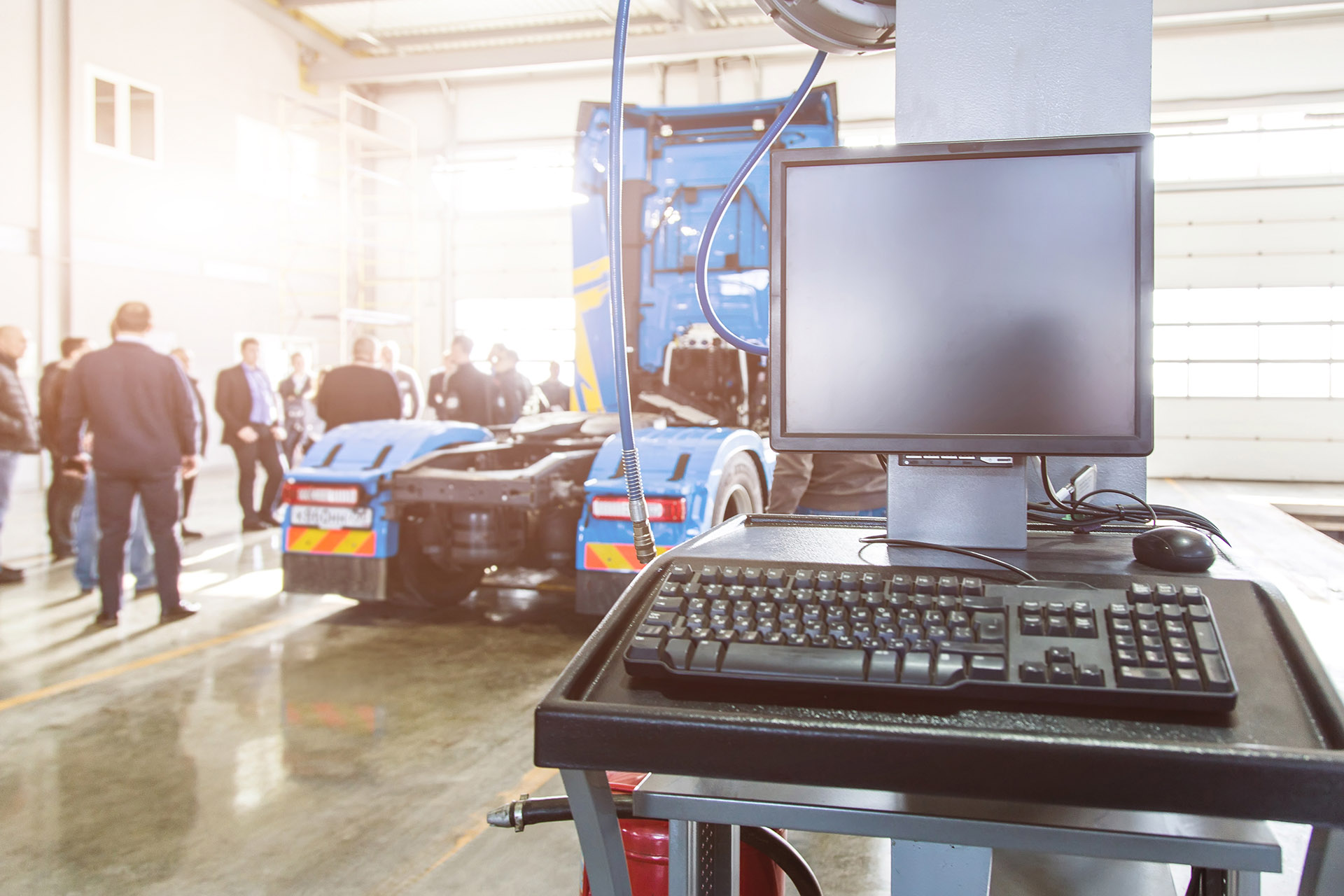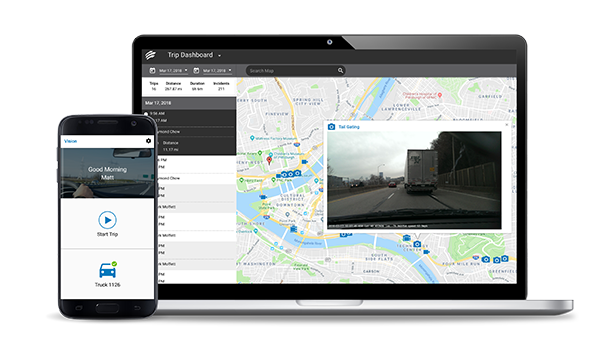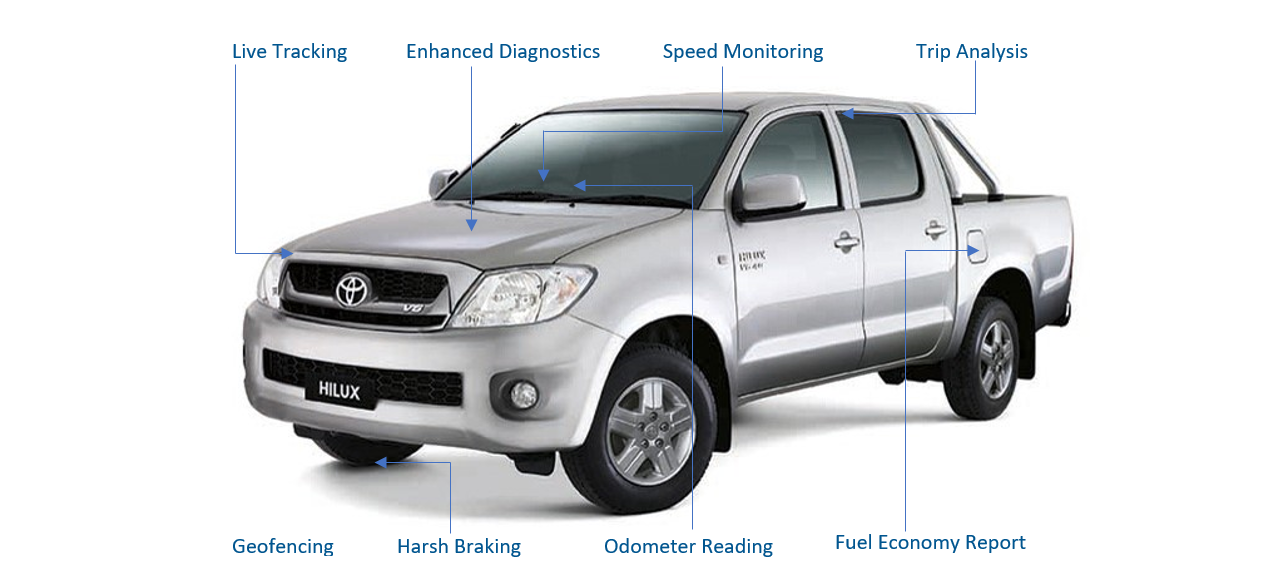Fleet management in the Australian outback means having technology that can withstand the harshest of conditions.
Australian fleets need a robust telematics solution to ensure productivity and safety of their remote workers.
Australia’s remote areas
As the driest inhabited continent, excluding Antarctica, the population is almost entirely coastal. This means that inland population centres are small and few and far between. This puts workers out of range of support services, and adds layers of complexity to fleet management.
Mining, and oil & gas industries in Australia
Australia’s resource sector accounts for 60% of Australia’s exports.
Moving the immense amount of materials requires a huge army of personnel, infrastructure and operations from obtaining the resources to transporting them to their destinations.
 Image Source: Adobe Stock
Image Source: Adobe Stock
What challenges do these fleets face?
An array of challenges face fleets working in remote areas. Some of the biggest challenges include being outside areas in cellular coverage and requiring an advanced solution for managing vehicles.
Fleet managers or health & safety managers in regional Australia must:
- Manage the safety of works in harsh environments
- Ensure remote workers are safe, so far from communication range, and
- With a core focus on productivity
Harsh conditions
The Australian Outback is one of the toughest environments in the world. Workers are frequently operating vehicles in locations that often reach more than 40°C (104°F) through summer and rarely see rainfall creating very tough conditions. The sparsely distributed population also results in more unsealed roads. These combine to put more stress on vehicle maintenance, and increase risk to personnel.
Remote worker safety
Personnel working in these areas are either alone or in very small teams and often out of cellular range. Should safety incidents occur or in the case of vehicle breakdown, help can be very far away.
In Australia, vehicles and any site are deemed a workplace under WHS regulations, the same as any business premise. Just as a business premise has the responsibility of worker safety, the same applies for any remote worker in any location.
How Geotab supports fleet management in Australia
Managing fleets in the Australian Outback requires a comprehensive solution to service the challenging goals of the remote work. Geotab’s platform can be expanded to meet the specific needs of any type of business. Geotab can offer IOX expansion to and Iridium satellite modem to ensure remote connectivity. Vehicles continue to send location information when outside cellular coverage, and upload the complete information when the vehicle returns to cellular networks. This minimizes expensive satellite data transfer, while maintaining complete visibility of fleet movements for safety reporting.
In-vehicle duress buttons and external man-down pendants can also be included in this Geotab solution. The in-vehicle duress button is a push click in the event of an emergency and the man-down pendant is a device worn by personnel when away from the vehicle. Both of these can be critical tools in ensuring the safety of remote staff when on duty.
Creating zones around worksites can help Geotab users to be alerted when workers are at risk. Reporting worker movements through zones also helps to drive productivity through customized reporting of progress through geographical areas, such as in minerals exploration. Other features such as registering seatbelt use and 4WD functionality can extend the safety support for a remote worker.
With Geotab, fleet managers can analyse their vehicle data to assist in maintenance planning. In doing so, fleet managers can help to prevent a broken-down vehicle which can be a significant safety risk in remote locations.

If you have any questions about remote fleet management, please talk to your Fleet Complete Sales Representative or contact us here.
Originally published by Geotab, May 15th, 2020. https://www.geotab.com/blog/fleet-management-outback/










